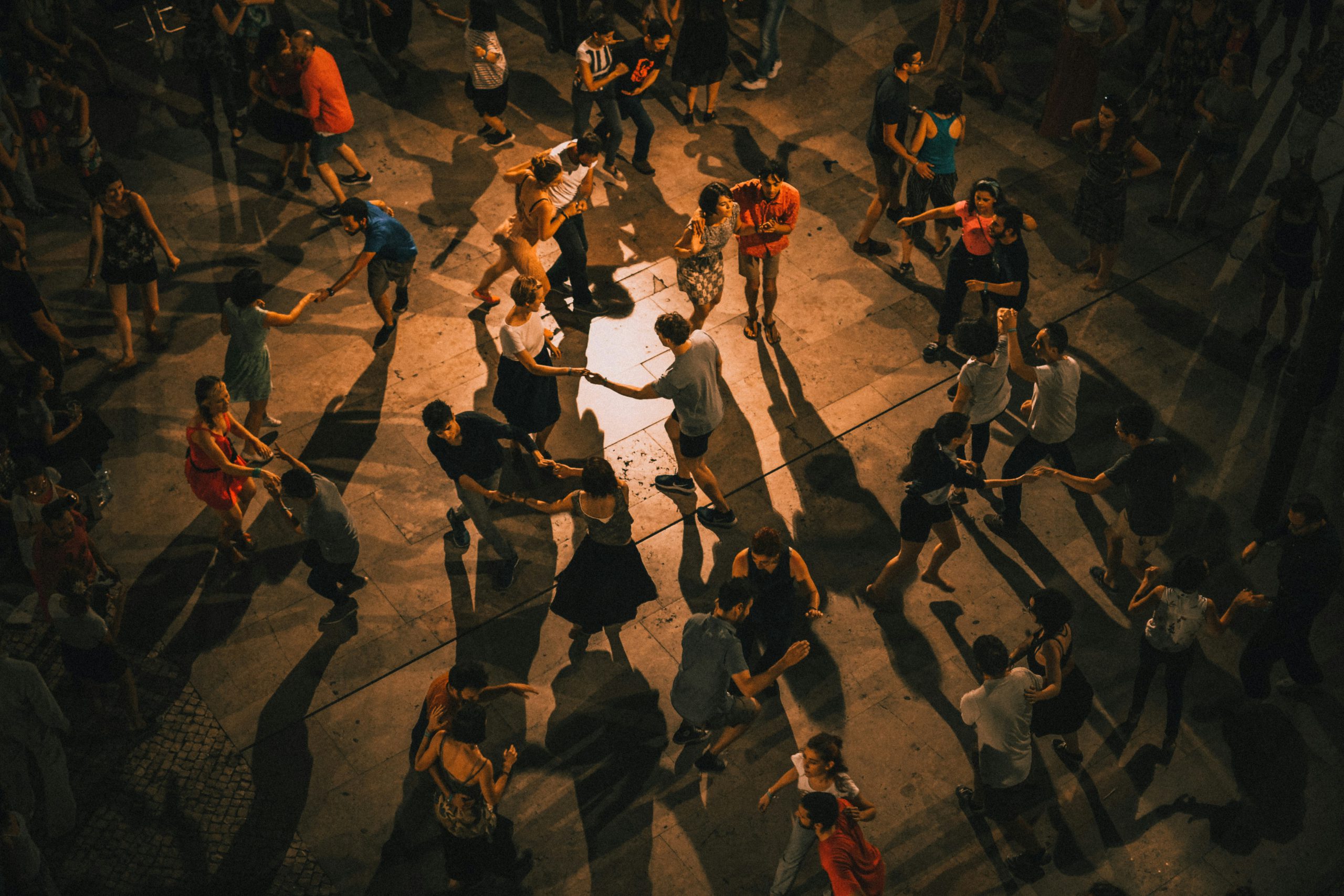A recent study published in December 2024 on the effects of dance training reveals a significant decrease in depression, as reported by Parkinson’s patients and corroborated by brain scans, suggesting a novel and inexpensive approach to dealing with adverse side effects of the disease. Led by York Associate Professor in neuroscience Joseph DeSouza and his colleagues, this study followed the impact of weekly 75-minute dance classes on depression in 23 people with Parkinson’s over eight months.
Measuring their scores on the Geriatric Depression Scale, a commonly used self-report assessment for depression in the elderly, the researchers noted that participants were reporting a decrease in depression after every class. Notably, these effects were cumulative and lasted throughout all eight months.
In a recent article published in The Washington Post, DeSouza remarked: “I don’t know what it is, but there’s something magical about dancing. Dancing makes people with Parkinson’s feel alive and happy. It proved to be an amazing elixir.”
Additionally, the researchers used functional magnetic resonance imaging (fMRI) technology to track the effects of dancing on the brain across time — a first in measuring the effects of dancing on depression by linking numerous participant reports with correlating data from brain scans.
Over time, the scientists noted that the brain scans of the participants with Parkinson’s showed an overall decreased activity in the subcallosal cingulate gyrus (SCG), a key brain region implicated in depression.
As noted in The Washington Post, behavioural neurologist and renowned depression researcher Dr. Helen Mayberg commented, “That area of the brain is overactive when you are depressed and decreases its activity with drug treatment — dance appears to do something similar.” This is the first neuroimaging study to show an antidepressant effect on the SCG similar to other treatment methods using dance as an intervention.
Paras Gadri, a third-year biomedical science student with an interest in neurodegenerative disorders, tells Excalibur, “As someone who frequently volunteers at my local elderly home and gets to engage with elderly folk with Parkinson’s disease, I found this new study to be eye-opening. It not only changed my perspective on how crucial consistent physical activity is, but it also shows how there should be more emphasis on consistent physical activity in order to have a better lifestyle for your near future.”
In terms of future studies, DeSouza is excited to continue this research and explore new avenues of treating depression and other symptoms in people with Parkinson’s. He shares where he hopes to take his future research: “We’re looking to examine structural changes [in the brain] across time as a function of improvements in mood.” DeSouza hopes to continue utilizing the rich data neuroimaging provides to further our understanding of how this unique intervention can change the structure of the brain and patients’ moods.
While there is more work to be done, this study opens a new door to a promising potential therapy for improving the physical and mental health of people with Parkinson’s and other neurodegenerative disorders.
With each step, twirl, and leap, dance may just be the unexpected elixir that guides people with Parkinson’s-related depression to finding their rhythm once more.



Thanks for your interest in our work!